This post was written by Lisa Eldridge.
Part of being a conscientious traveller is being responsible – culturally, socially, and environmentally. As prolific traveller Lisa Eldridge discovers on a visit to Vietnam, socially responsible tourism is very much a two-way street.
Vietnam is changing. A country that has endured more than its fair share of dark history, it is now fast-becoming known for its multitude of socially responsible businesses opening up around the country.
As a tourist wanting to give something back without necessarily volunteering in a country or having the luxury of time, there are other ways that you can help contribute to the social and economic development of the local economy.
Donating to reputable non-profit organisations in the area you are travelling to, or simply supporting local businesses with a reputation for social responsibility, is the perfect way to contribute to the disadvantaged people living within Vietnam. With many of these businesses operating as restaurants, it can make it even easier to help the local community. If you love food and have a passion for shopping, being a socially responsible traveller in Vietnam can be achieved easily.
1. Ho Chi Minh City (Saigon)
From the outside, Ho Chi Minh City (HCMC) may appear vast and crazy, but this thriving metropolis has a special rhythm to it that draws you into its pulsating ways. One of HCMC’s appeals is the dizzying array of restaurants serving delicious Vietnamese food, many of which are family-owned.
The Green Bamboo Boys Shelter is for boys from disadvantaged backgrounds, many of whom where living on the streets in HCMC prior to coming to the shelter. The amazing woman who runs the shelter decided to open up a restaurant selling local specialties at lunch in order to get some extra income to help support the boys.
La Fiesta or Scott & Binh’s are two restaurants both run by the husband and wife team, Scott and Duc. On the last Friday of every month, they donate a portion of the profits to a different non-profit organisation. They also employ some of the older boys from the Green Bamboo Shelter.
Sozo’s Café is a cute little café in the heart of the backpacker district offering baked goods and coffee. They also train and employ people with disabilities, who are often still stigmatised in Vietnam.
For shopping in the city, a visit to Mekong Quilts will not only give you a unique gift to take home, but you will also walk away knowing you have helped women from some of the poorest areas in Vietnam, who make and sell their handicrafts. It is an incoming-generating project for Mekong Plus, a non-profit organization working in Vietnam and all the profi ts are reinvested back into the community by Mekong Plus. They also have a shop in Hanoi.
2. Hoi An
Less than an hour’s flight from HCMC is Hoi An, a quaint little town from Vietnam’s French colonial days. To get here, take a short flight to Da Nang then take a taxi ride to this melting pot of European and Asian history. Experience its colonial charisma by bicycle, whether you choose to head to the old town or the white sands of Hoi An beach.
Buying directly from the local people here is a great way to act socially responsible and here you will find indigenous people selling souvenirs and trinkets. Instead of buying from children, look for adults or if you feel uncomfortable buying directly from the sellers, then consider donating to a Non-Profit Organisation who works with these families instead.
For handicrafts, head to Reaching Out Vietnam, where you can find unique gifts made by people with disabilities.
Ginko Vietnam sells t-shirts and other clothes that are designed and made in Vietnam and are made in an environmentally sustainable way. Being eco-friendly is one of the guiding principles of Ginko and they make great quality, comfortable clothes that highlight the quirks of Vietnamese culture. You can also find their shops in HCMC, Hanoi, and Nha Trang.
3. Hanoi
Hanoi is the capital of Vietnam and has a charming Old Quarter with twisting streets where you can get lost for hours (in the romantic sense, not the frightening one). Quieter than the hectic bustle of HCMC, Hanoi is more conservative, too and you can see less of the globalisation influence here. Most businesses here close at night, though some stay open until midnight, so take advantage of exploring this city during the day.
Pots ’n’ Pans Restaurant was opened by graduates of the KOTO program, a non-profit that trains kids from disadvantaged backgrounds in the hospitality sector. The food here is wonderful and it is a great program to support. For fair trade coffee, JOMA Café and Bakery source their beans from neighbouring Laos and they donate a portion of their profi ts to non-profits in and around Hanoi.
Oi Soi Oi sells furniture, homeware, clothing and accessories, all handmade from family-run workshops in villages surrounding Vietnam. To learn more about the minority groups in the country, head to The Women’s Museum. This informative museum provides an interesting focus on the often-marginalised groups in Vietnam.
4. Da Lat
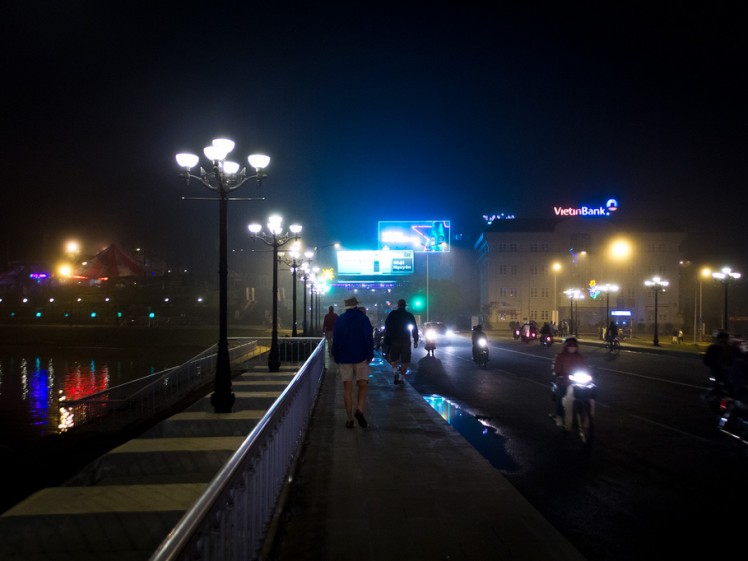
Photo credit: john.gillespie / Foter / CC BY-SA
Da Lat is an eight-hour bus ride or 45-minute flight from HCMC. Being in the central highlands, it is more temperate with French-introduced fir trees and has a natural beauty where you can immerse yourself in the environment simply by hiking or riding around this tranquil area.
One of the only examples of a social business, although it is an exceptional one, is the Crazy House. The term definitely suits the appearance of the house which was built by a Vietnamese architect, whose desire was to raise awareness about the need to protect our environment and live in a more sustainable way.
5. Mui Ne
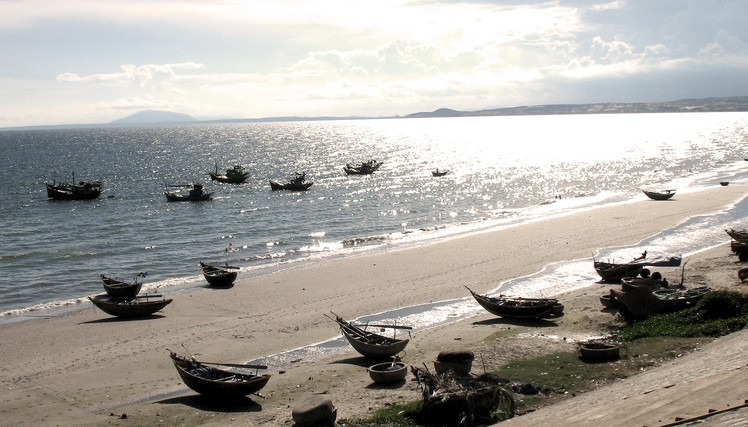
Photo credit: rapidacid / Foter / CC BY
Mui Ne is one of the lesser-known areas in Vietnam and is actually a hidden gem, and one which is definitely not on the typical tourist trail. Although there is not much here in the way of social businesses, it is still an interesting place to go and sample the amazing seafood. While you are in Mui Ne, be sure to head to the end of the strip to the open air makeshift seafood restaurants which appear in the evening with the day’s fresh catch.
As you can see, being a socially responsible tourist in Vietnam is effortless and easy to incorporate into your visit to the country, as long as you know where to go. Whether you choose to buy from local sellers, dine at restaurants which help the community, or donate to a non-profit organisation which offers skills training to people in the neighbourhood, there are several ways to make the most of your trip here and leave a responsible footprint behind.
Read This: A Vietnamese Voyage
Source: The Expat magazine July 2015
"ExpatGo welcomes and encourages comments, input, and divergent opinions. However, we kindly request that you use suitable language in your comments, and refrain from any sort of personal attack, hate speech, or disparaging rhetoric. Comments not in line with this are subject to removal from the site. "




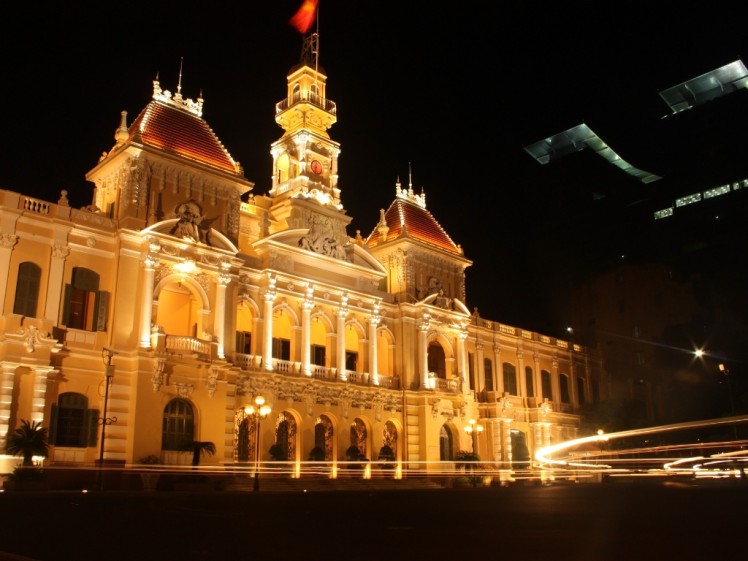
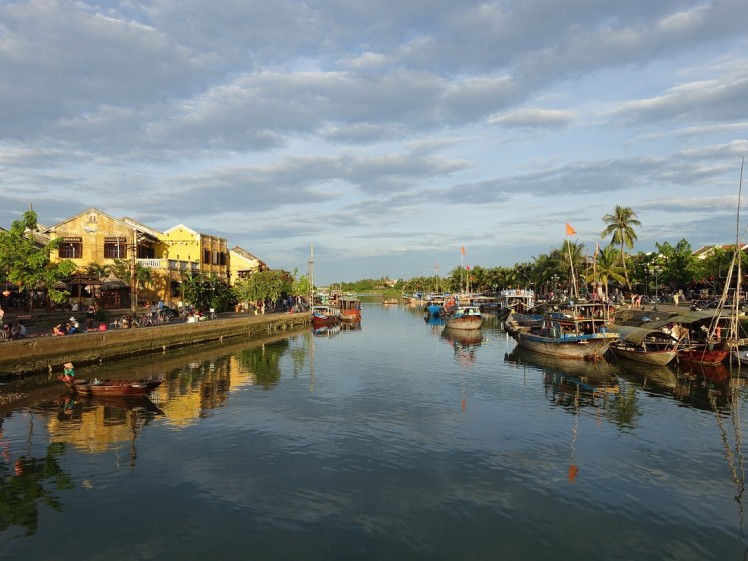
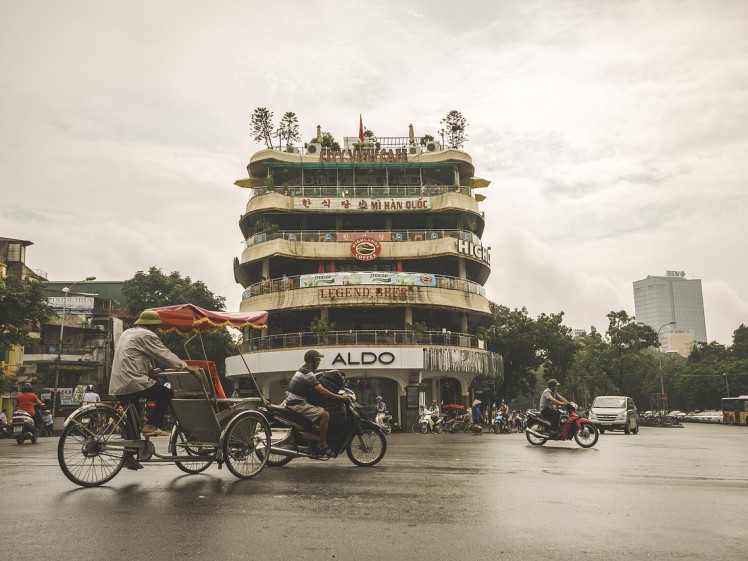




















Hang seronok la bapak Muhamed Hafeez Sazali. Balik dari Melbourne teruih pi Vietnam. Hang ingat dak lagi pak megat? La ni dia kerja di mana?